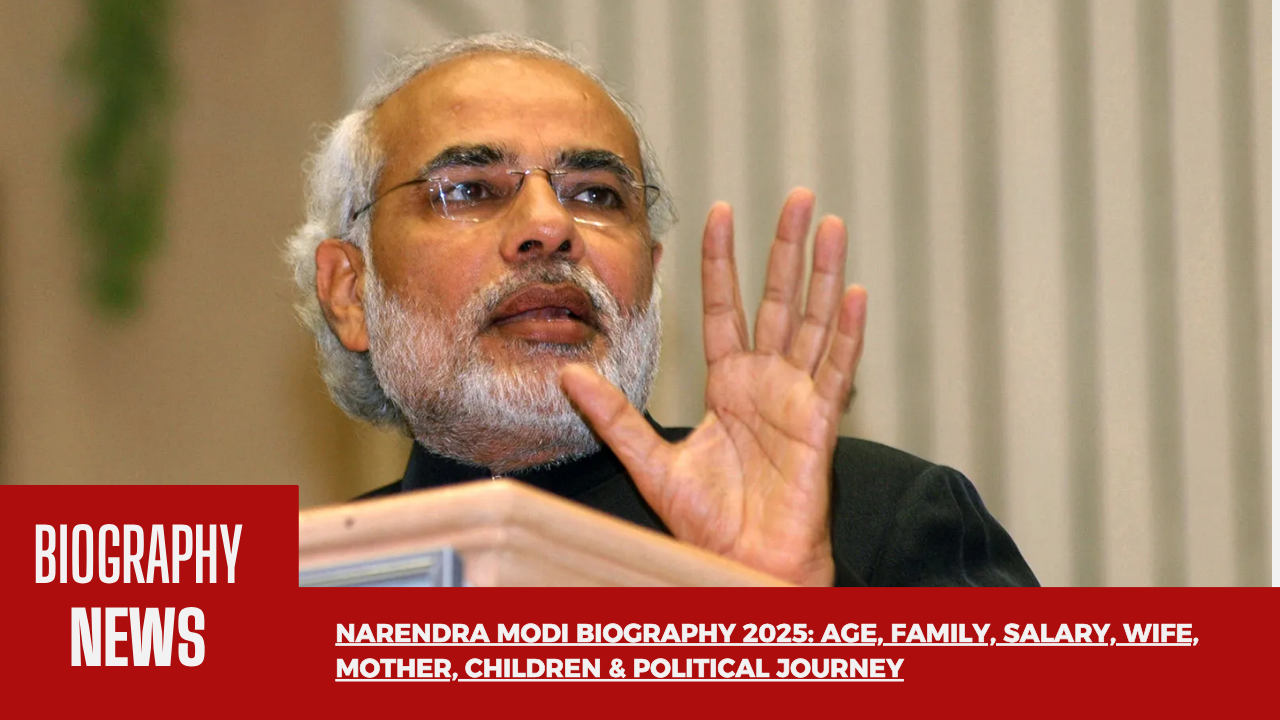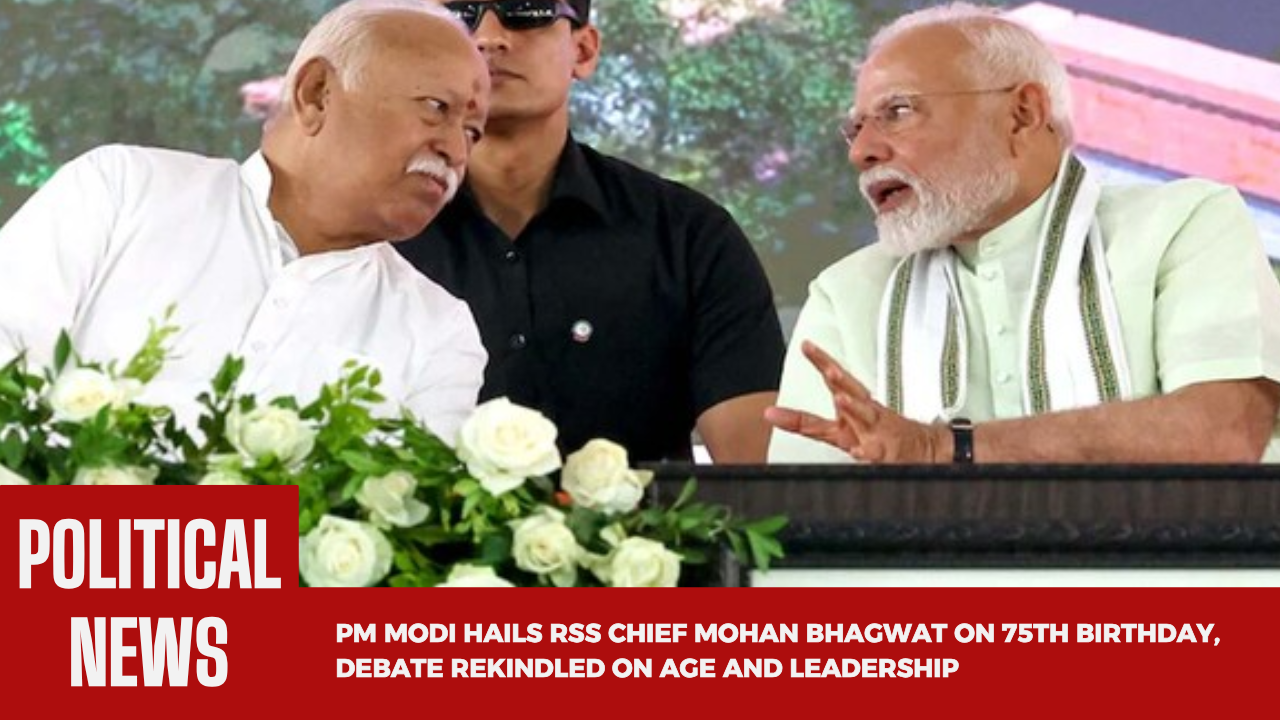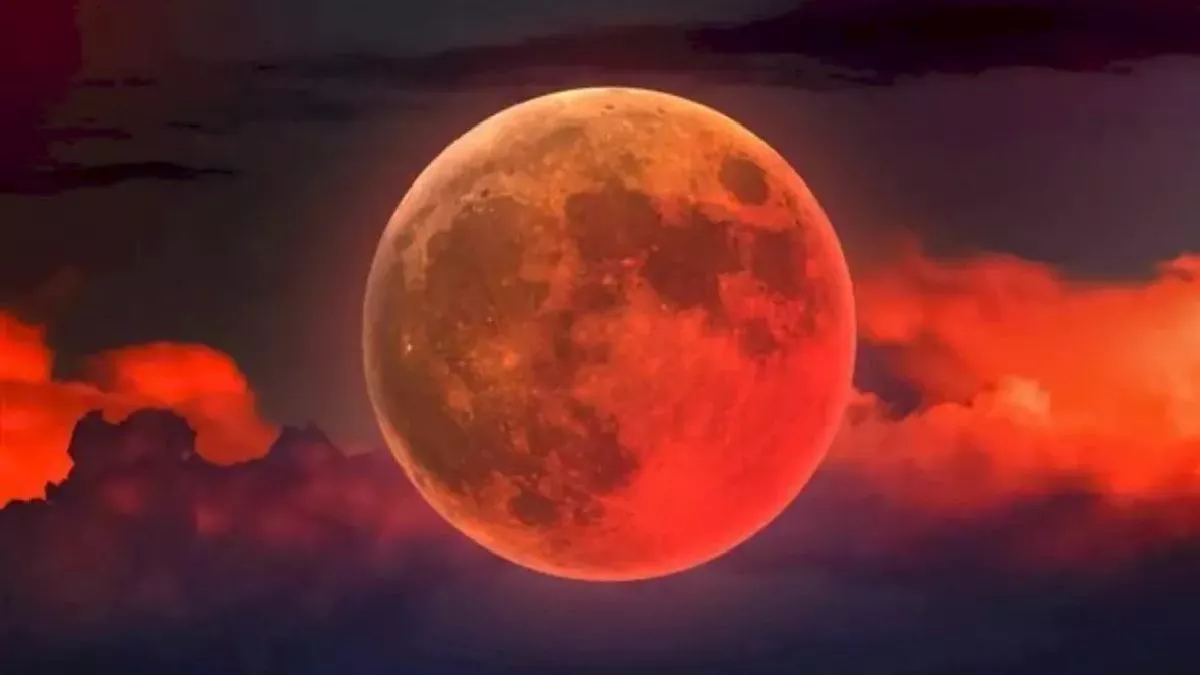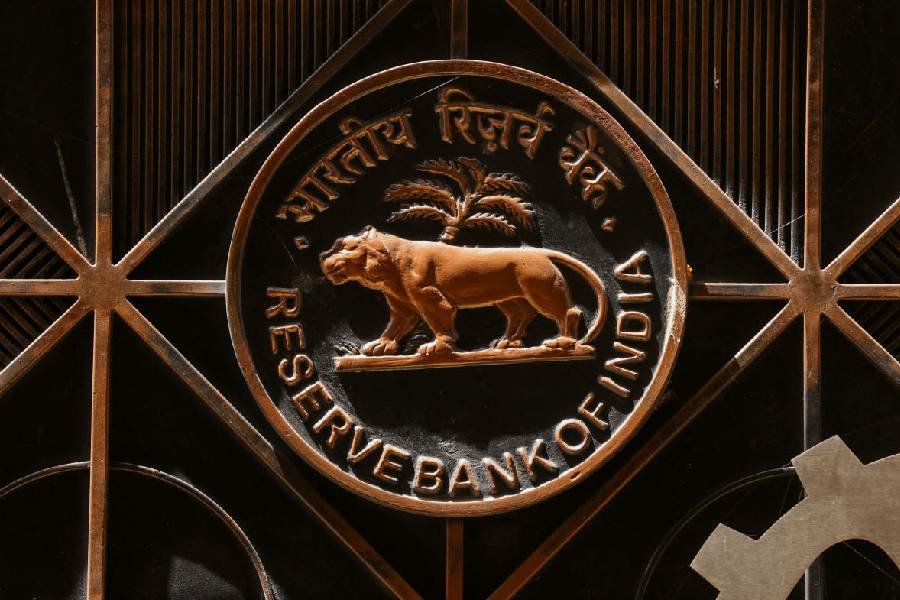Written by Rahul | September 8, 2025
It will be a Sunday night when the sky plays its old trick again. On 7 September 2025, just after dinner hours, the moon will slide into Earth’s shadow. Slowly at first, like someone dimming a lamp, and then suddenly — the silver glow gone, replaced by a rust-red orb hanging above us.
This is the Chandra Grahan, a total lunar eclipse. For astronomers, it’s pure geometry. For millions of ordinary Indians, it’s tradition, belief, and a little bit of unease.
When You Can See It in India
The show begins at 8:58 PM with the faint penumbral shadow. Not much to notice yet. By 9:57 PM, the bite is visible — the Moon’s edge turning dark. Then, just before midnight, the real magic:
- Total Eclipse starts: 11:00 PM
- Blood Moon peak: around 11:30 PM
- Totality ends: 12:22 AM (8 September)
If the skies stay clear, the eclipse will last past 2 AM, but you’ll only need to step out around midnight to catch the fiery spectacle
Why the Moon Turns Red
This is no mystery. Sunlight bends through Earth’s atmosphere and scatters. The blues and greens fade, while the deep reds prevail, enveloping the Moon in a glow that appears both beautiful and eerie. Poets call it a Blood Moon. Farmers once took it as a warning sign. Priests still mark it as a time for ritual.
Belief and Rituals in India
In India, an eclipse is never just astronomy. Temples shut their doors during the grahan. Families avoid cooking or eating. Many choose to fast, breaking it only after the eclipse is over and purification rituals are done. Pregnant women are often advised to stay indoors.
Yet, step outside and you’ll see another India: children with telescopes, astronomy clubs setting up tripods, neighbours gathering on terraces. A moment of shared wonder under a red moon.
India will witness a spectacular total lunar eclipse, also called a Blood Moon, on the night of September 7–8, 2025. This rare celestial event, known in India as Chandra Grahanam, will be visible across the entire country.#LunarEclipse2025 #grahan #voyageandlifestyle pic.twitter.com/1WBv89hg8H
— voyageandlifestyle (@voyagelifestyle) September 7, 2025
Safe Ways to Watch
Unlike solar eclipses, there’s no danger to your eyes. Watch it with the naked eye, binoculars, or a telescope if you have one. If you’re handy with a DSLR, try long exposures — the Blood Moon makes for dramatic photographs.
Best to find a dark, open spot, away from the glare of streetlights. Let your eyes adjust, and the eclipse will feel almost otherworldly.
Why It Matters
The last time India saw a full eclipse like this was back in 2022. The next won’t come for several years. So this isn’t just a date in the calendar — it’s a chance to pause, to look up, and remember that the universe still writes its own stories, whether we’re busy or not.
On September 7–8, 2025, the Moon won’t just rise. It will remind us, in its quiet red glow, how small we are and how vast the sky really is.
bout the Author
Rahul is a staff journalist at Newstic.in, specializing in national and international news with a strong focus on business, technology, and culture. With a background in digital reporting and a sharp eye for accuracy, Rahul delivers stories that blend clarity, depth, and relevance for today’s readers. His work reflects Newstic’s commitment to credible, fact-checked journalism that informs and engages audiences across India and beyond.
Disclaimer
This article has been prepared and published by Newstic.in for informational and news reporting purposes only. While every effort has been made to ensure accuracy and reliability, readers are advised that details such as prices, specifications, dates, or other event-related information may change over time. Newstic.in does not take responsibility for any business or personal decisions made based on this content. For the latest updates, always refer to official announcements, verified sources, or consult with relevant professionals. Opinions expressed by analysts, buyers, or third parties quoted in this article are their own and do not necessarily reflect the views of Newstic.in.















